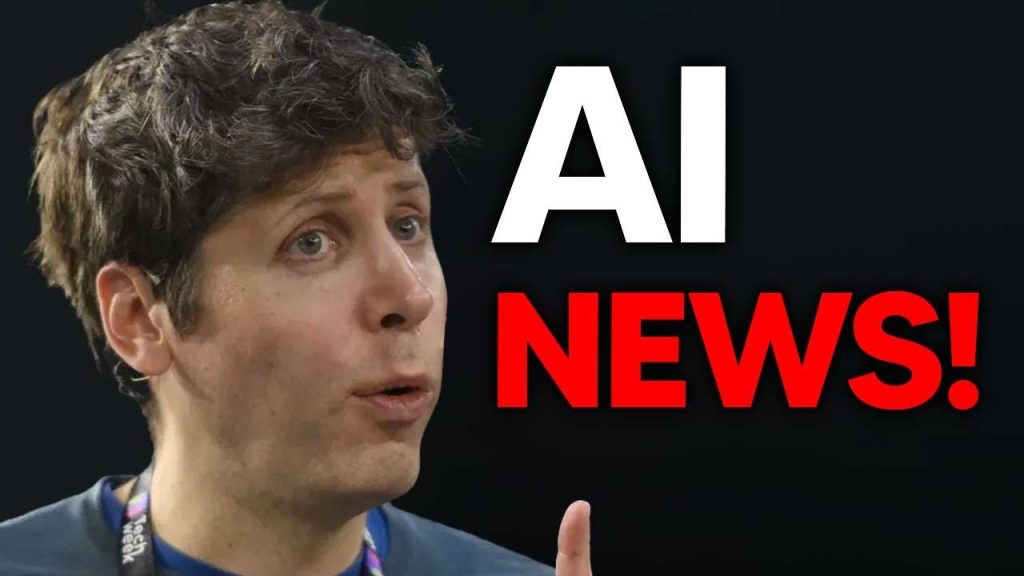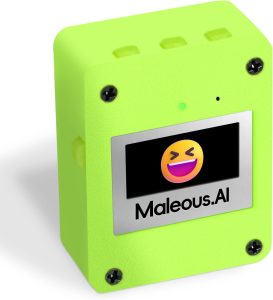AI Video Arms Race OpenAI’s Sora vs. the Competition

The world of AI video technology is brimming with exciting developments.
With multiple stories emerging weekly, it’s easy to miss some key updates.
The Battle for AI Video Dominance
The AI video landscape is heating up, with intense competition among various models. Notably, OpenAI’s Sora has been a major player, though it hasn’t yet been released. Unlike Sora, competitors like Runway’s Gen-3 have made strides in speed and efficiency, putting pressure on OpenAI to catch up.
Sora’s Challenges and Setbacks
Despite the initial excitement, Sora faced several hurdles. First, it wasn’t well-received by the global community. Many users outright rejected it, citing issues with its performance and usability. Additionally, OpenAI struggled with computational resources, affecting Sora’s development and release.
The Computational Hurdle
One major challenge for OpenAI was the lack of computational resources. The company experienced significant strain on its GPUs, essential for running AI models like Sora. This shortage even impacted their super alignment team, which eventually disbanded due to limited support.
Generating video clips with Sora took surprisingly long. It could take up to 10 minutes for a short clip, making it impractical for quick projects. This delay stood in stark contrast to competitors like Runway, which could generate content in mere seconds.
Another complaint was the quality and consistency of Sora’s output. Users had to generate multiple clips to find a usable one. This inefficiency created frustration among creatives and reduced the tool’s appeal.
Training Sora 2: A New Hope
OpenAI is now focusing on training a new version of Sora, presumably Sora 2. The aim is to improve both the quality and length of the generated clips. High-resolution videos are being used for training, covering diverse styles and subjects, to enhance the model’s capabilities.
OpenAI hopes Sora 2 will leapfrog the competition. The goal is to create an AI video model that not only matches but surpasses existing options. This effort involves collecting millions of hours of varied, high-resolution video training data.
The plan is to address the criticisms and refine the tool into something that can genuinely compete with faster rivals like Runway’s Gen-3. By solving the speed and quality issues, OpenAI aims to regain its edge in the AI video space.
Runway Gen-3: The Speed Demon
Runway’s Gen-3 demonstrates significant advancements in speed. Users can generate video clips in as little as 20 to 30 seconds. This efficiency makes it more practical for projects requiring quick turnarounds, setting a high bar for competitors.
Runway’s rapid generation capabilities have drawn attention in the creative community. Immediate output allows users to iterate quickly and integrate AI-generated clips seamlessly into their workflows. This has positioned Runway as a formidable competitor in the AI video market.
Meta’s AI Innovations
Meanwhile, Meta has made significant AI strides. Their Meta Connect event showcased impressive advancements, including the Llama 3.2 model. This model integrates vision capabilities and is open-source, allowing developers to create innovative applications more easily.
Meta’s AI also includes features like automatic video dubbing. This allows content to be dubbed in multiple languages while maintaining the creator’s authentic voice. Such innovations enhance global reach and cultural connectivity, making Meta a key player in the AI landscape.
Meta is extending AI interactions to a broad user base. With billions of users across platforms like Instagram and WhatsApp, Meta’s AI tools can rapidly scale and reach a diverse audience. This wide distribution is a major advantage for the company.
The Future of AI Video and Beyond
AI video technology continues to evolve rapidly. Companies are racing to refine and release the most advanced tools. The focus is on improving both quality and speed, addressing previous limitations, and meeting user demands more effectively.
Developers are exploring new applications for AI, from enhancing creative projects to streamlining business processes. The potential uses for AI video and other AI advancements are vast and varied, promising exciting possibilities for the future.
Anticipating Upcoming AI Breakthroughs
The AI community is abuzz with anticipation for upcoming releases. New models and tools are expected to push the boundaries of what AI can do. Companies like OpenAI, Runway, and Meta are at the forefront of this innovation wave.
As AI technology continues to advance, it will be interesting to see how these developments shape various industries. From entertainment and media to business and beyond, AI has the potential to revolutionize multiple sectors.
A Secret Model in the Works?
There’s speculation about a new AI model called Blueberry. Some believe it’s an advanced image generation model that could set new standards. Its details remain under wraps, but many are eager to see what this mysterious model can offer.
Rumors suggest Blueberry might be linked to OpenAI’s Strawberry project, potentially focusing on unparalleled image generation. If true, this could signify a leap forward in AI capabilities, further intensifying the competition among major AI players.
AI video technology is evolving rapidly, with major players pushing the envelope.
As competition intensifies, users can look forward to improved tools and capabilities.







